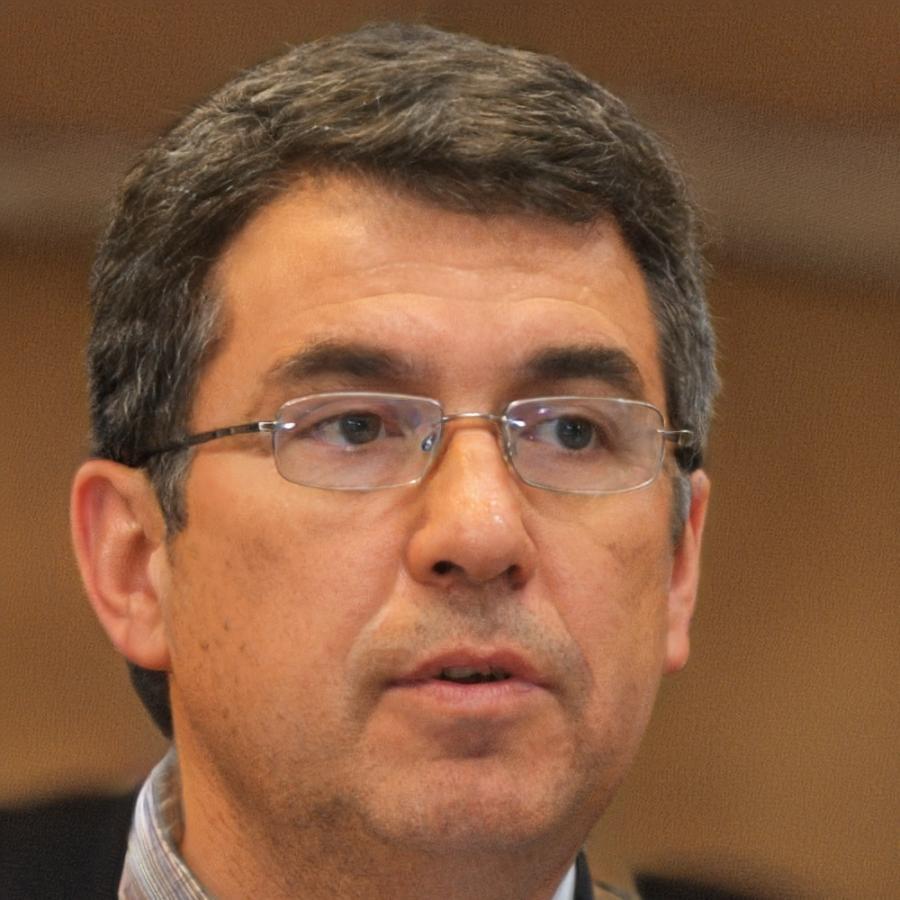Financial Risk Planning That Actually Works
We teach companies how to spot budget vulnerabilities before they become real problems. No generic templates—just practical frameworks built from analyzing what actually happens when budgets go sideways.
Explore Our Approach
Three Core Areas We Focus On
Most budget disasters share similar warning signs. We break down risk management into these key components that companies can actually implement.
Scenario Mapping
Building multiple budget scenarios isn't about being pessimistic. It's about having a roadmap when things shift—and they always shift. We show teams how to create flexible projections that account for market volatility without drowning in spreadsheet complexity.
Cash Flow Visibility
You'd be surprised how many profitable businesses run into liquidity crunches. We focus on early-warning systems that flag potential shortfalls weeks before they become critical. The goal is creating breathing room, not perfect forecasts.
Adaptive Controls
Static budgets break under pressure. We teach methods for building spending controls that adjust based on actual performance—not just annual targets set months ago. Think checkpoints instead of rigid limits that force awkward workarounds.

Why Standard Templates Miss The Mark
We've seen countless companies try off-the-shelf risk frameworks that look impressive but don't actually prevent budget issues. The problem? They're built for ideal conditions that rarely exist in practice.
Our training focuses on what really happens when budgets face pressure—sudden revenue drops, unexpected cost increases, or market shifts that invalidate your assumptions. Instead of theoretical models, we look at patterns from actual budget crises.
- Building triggers that signal when assumptions break down
- Creating reserve strategies that work with limited cash reserves
- Designing approval processes that balance speed with oversight
- Developing communication protocols for budget adjustments
What Previous Participants Say
We typically work with finance teams and operational leaders who need practical risk management approaches—not academic theory.

Dariusz Kovac
Finance Controller, Manufacturing Sector
The scenario planning methods we learned in October 2024 helped us navigate a sudden material cost increase in Q1 2025. Having multiple budget versions ready made the adjustment process much smoother than our usual scramble.

Rasheed Thibault
Operations Director, Distribution Company
What stood out was the focus on realistic situations rather than textbook cases. The cash flow monitoring system we implemented caught a potential shortfall three weeks early—gave us time to adjust payment schedules before it became urgent.